



Ethernet chip Domestic riscv
With China’s continuous progress in the semiconductor field, domestic RISC-V architecture Ethernet chips have gradually become an important component in next-generation communication devices. As an open-source instruction set architecture (ISA), RISC-V has gained widespread attention both domestically and internationally due to its flexibility, openness, and efficiency. When integrated into Ethernet chip designs, domestic RISC-V architecture Ethernet chips show great potential, not only meeting international technical standards but also driving independent innovation in China's network devices and the complete development of its industrial chain.
1. The Integration of RISC-V Architecture and Ethernet Chips
Ethernet chips are commonly used in networking devices to interface with the physical layer and medium access control (MAC) layer, providing hardware support for network communication. Traditionally, Ethernet chips have relied on processors based on x86 or ARM architectures. However, with the development of RISC-V architecture, more and more Ethernet chips are adopting RISC-V processors as their core.
As an open instruction set architecture, RISC-V not only provides excellent computational performance but also offers a high degree of customization. By integrating RISC-V processors into Ethernet chips, it is possible to reduce chip power consumption, improve processing speeds, and lower development costs. This makes RISC-V architecture an ideal choice for developing efficient, low-power, and cost-effective Ethernet chips.
2. Technical Advantages of Domestic RISC-V Architecture Ethernet Chips
- Openness and Flexibility
- The biggest advantage of RISC-V architecture lies in its openness, allowing any company or individual to customize the instruction set according to their needs, thereby developing hardware accelerators for different application scenarios. This means that domestic RISC-V architecture Ethernet chips can be personalized to meet specific requirements, such as adding network packet processing or traffic control functionalities. This level of flexibility is something that closed architectures cannot offer.
- High Performance and Low Power Consumption
- RISC-V architecture has a relatively low instruction execution complexity, which gives Ethernet chips based on RISC-V an edge in processing speed. Additionally, the streamlined design of RISC-V also reduces chip power consumption, making it suitable for network devices that require high performance and long-term operation. This is especially critical in fields like the Internet of Things (IoT) and edge computing, where low power consumption is a key design consideration.
- Scalability and Compatibility
- Thanks to the modular design of RISC-V architecture, developers can select different extended functions as needed, such as supporting higher bandwidth Ethernet interfaces or optimizing network processing capabilities. Moreover, RISC-V chips are highly compatible and can support various operating systems and network protocols, ensuring compatibility with existing network environments and hardware.
- Independence and Security
- For China, using domestic RISC-V architecture Ethernet chips offers crucial autonomy. Homegrown chips are entirely under domestic control, eliminating dependence on international suppliers, thus reducing potential supply chain risks. Moreover, RISC-V's open architecture enhances chip security by allowing the customization of network security features, such as data encryption and identity authentication.
3. Application Fields of Domestic RISC-V Architecture Ethernet Chips
- Networking Devices
- RISC-V architecture Ethernet chips can be widely used in routers, switches, firewalls, gateways, and other networking devices. These devices require fast, efficient network transmission capabilities while also maintaining low power consumption. In these applications, domestic RISC-V Ethernet chips can offer efficient packet processing and transmission capabilities, enhancing overall network performance.
- Internet of Things (IoT)
- As the IoT develops rapidly, more and more terminal devices need to connect to networks via Ethernet. The low power consumption feature of RISC-V architecture makes it ideal for IoT devices, particularly those that need to operate for extended periods and are difficult to replace or recharge, such as smart homes and intelligent sensors. The application of domestic RISC-V Ethernet chips in IoT will further drive the development of this field.
- Edge Computing and Data Centers
- The core of edge computing is to shift data processing tasks from data centers to the network edge, reducing latency and improving efficiency. Domestic RISC-V architecture Ethernet chips can support high bandwidth and low-latency data transmission, meeting the strict requirements for network performance and processing power in edge computing. In data centers, the high performance and low power consumption characteristics of RISC-V chips can also enhance server network connectivity.
- Industrial Automation and Smart Manufacturing
- The demand for network devices in industrial automation and smart manufacturing is increasing. RISC-V architecture Ethernet chips can be used for industrial device connectivity, supporting high-speed data exchange and control between devices, thereby promoting the construction and development of the Industrial Internet.
4. Future Development of Domestic RISC-V Architecture Ethernet Chips
With the continuous breakthroughs in domestic chip technology, Ethernet chips based on RISC-V architecture are steadily becoming an important direction in the domestic chip industry. In the future, as more manufacturers join the RISC-V ecosystem, domestic RISC-V Ethernet chips will have stronger market competitiveness and gain more application opportunities globally.
Conclusion
Domestic RISC-V architecture Ethernet chips, with their advantages of openness, flexibility, high performance, low power consumption, and security, have become an important component of modern network communication. Not only can they enhance China’s independent innovation capabilities in the semiconductor field, but they can also play a key role in various industries, driving rapid development in smart manufacturing, IoT, and edge computing. With continuous technological advancements, domestic RISC-V architecture Ethernet chips are poised to make a significant impact in the global market.

Please contact us if the source is mislabeled or violates your legal rights.
We will promptly correct and delete, thank you.
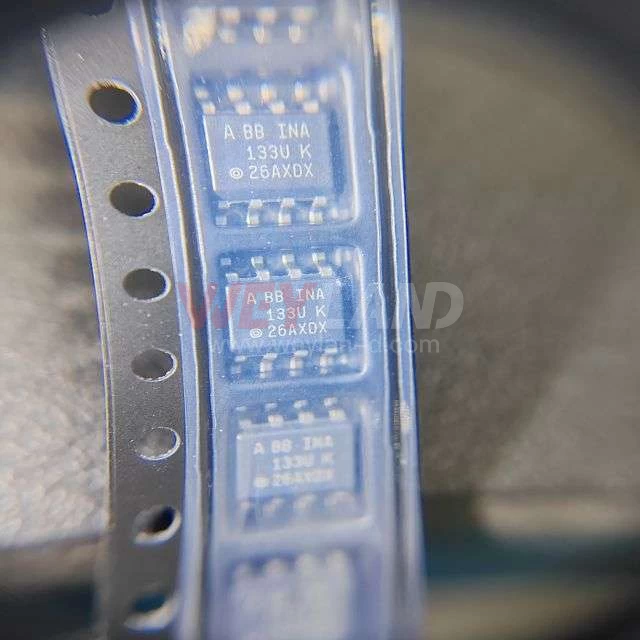
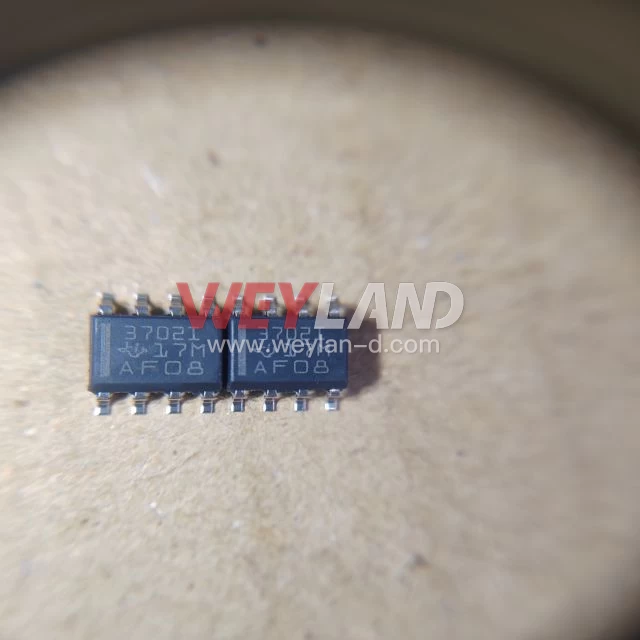

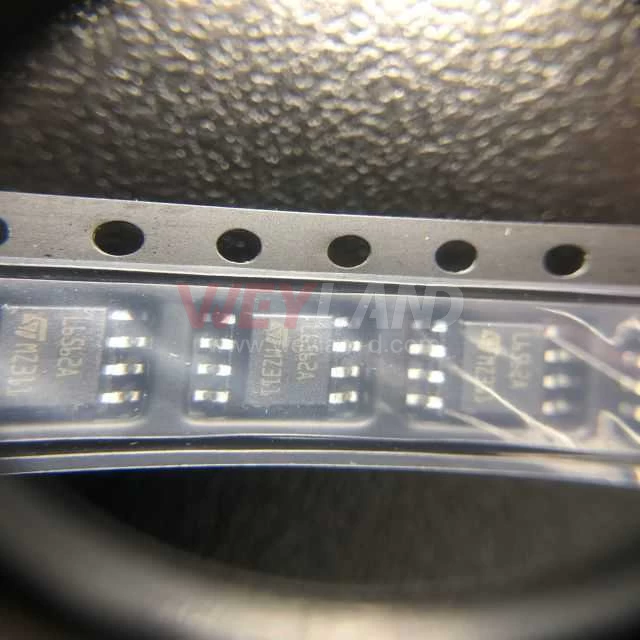

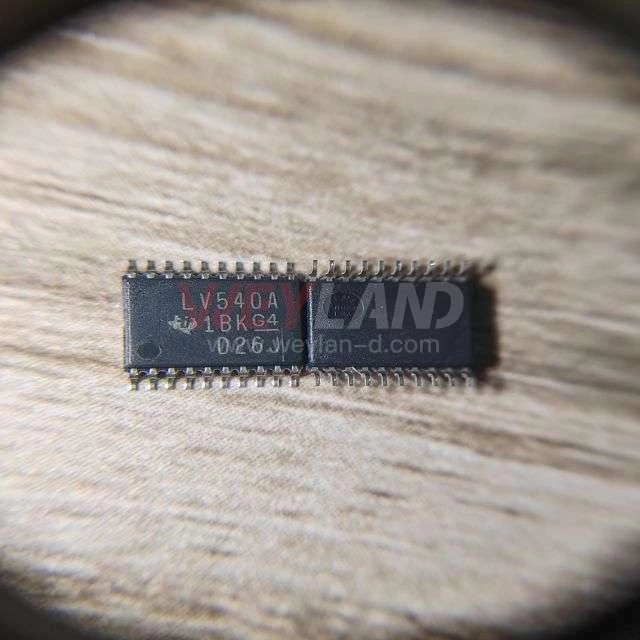
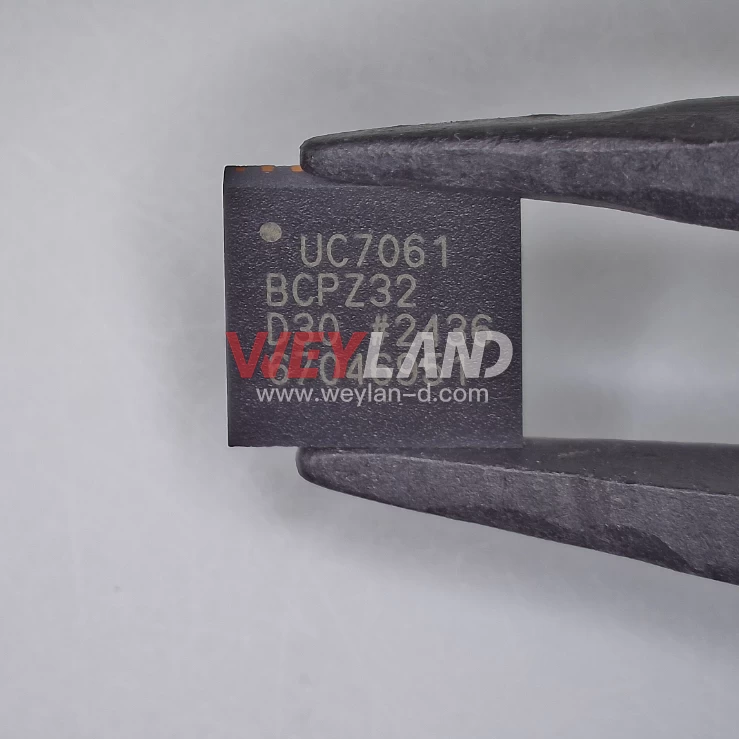
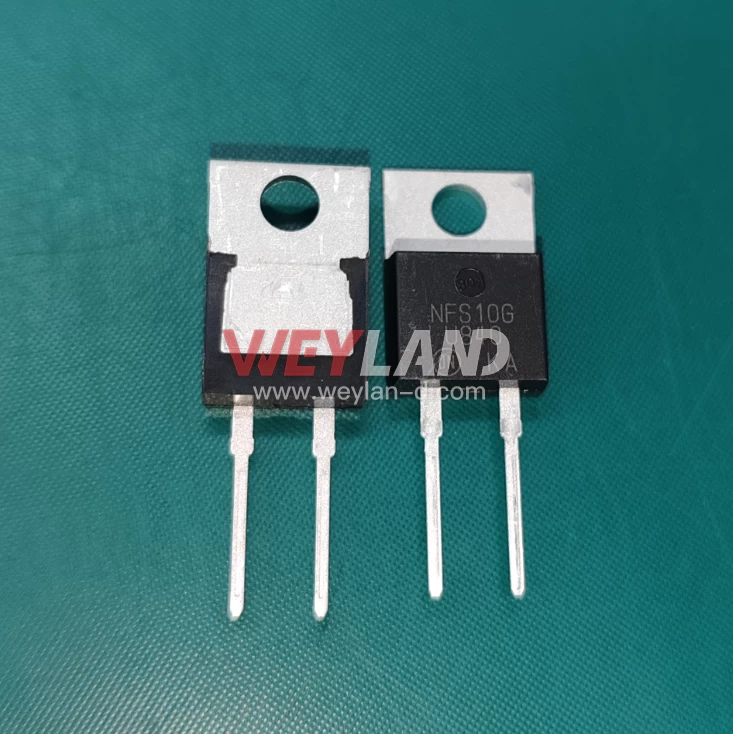
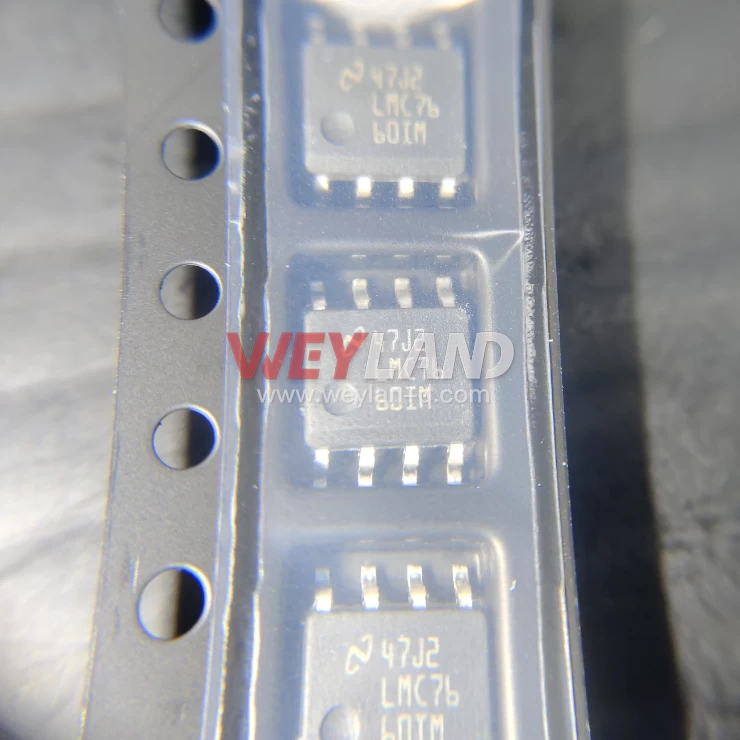
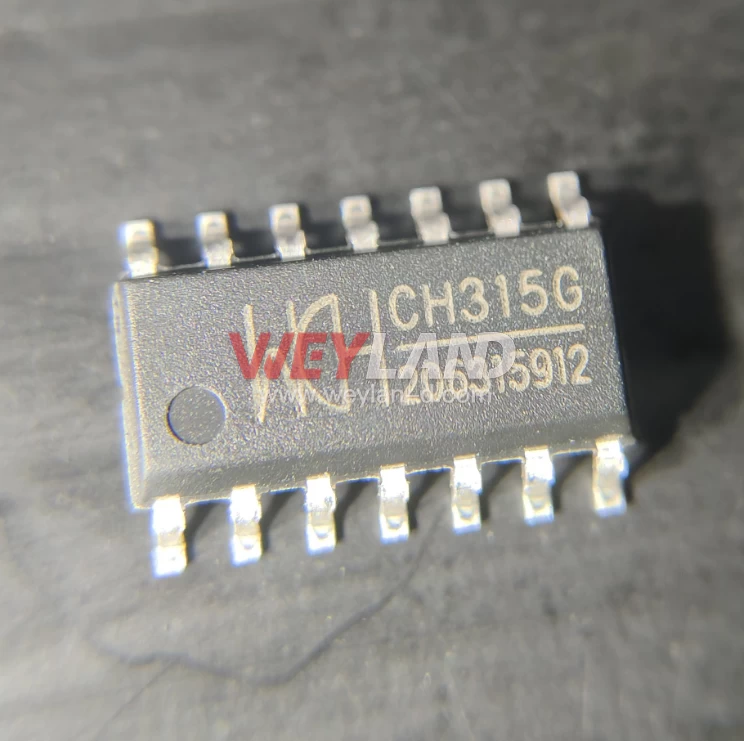
.9246509.png)












[email protected]
7500A BEACH ROAD #04-307 THE PLAZA SINGAPORE (199591)
RM 705.7/F.FA YUEN COMM BLDGNO.75-77.FA YUEN STREET.MONGKOK.KLN.HONG KONG
